More Projects:
More Info:
1 Page:
3 Pages:
2 Pages:
4-5 Pages:
6-9 Pages:
10-15 Pages:
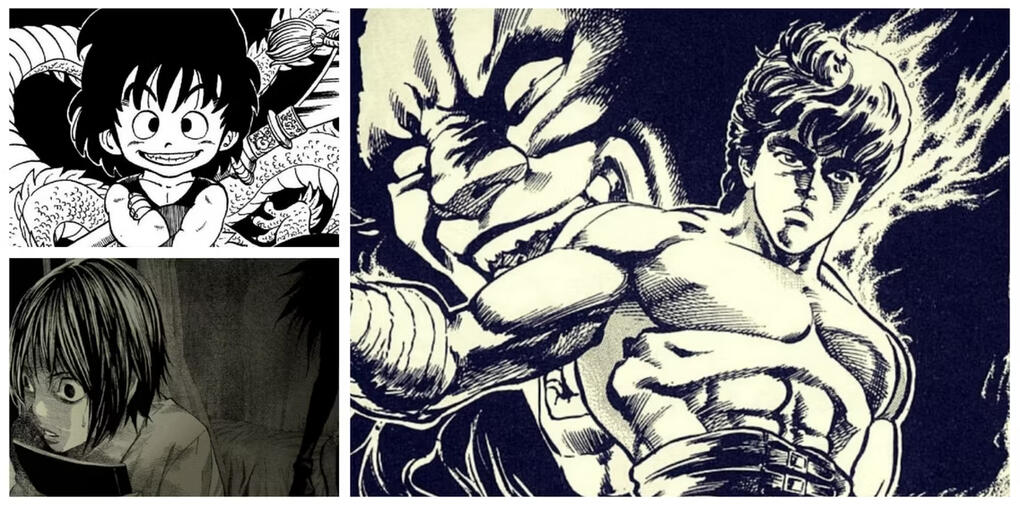
Main One-Shots:
Prose-One-Shots:
Developed Pitches:
Outlined Pitches:
General Pitches:
One-Shot Pitches:
Logline Pitches:
Pitches:
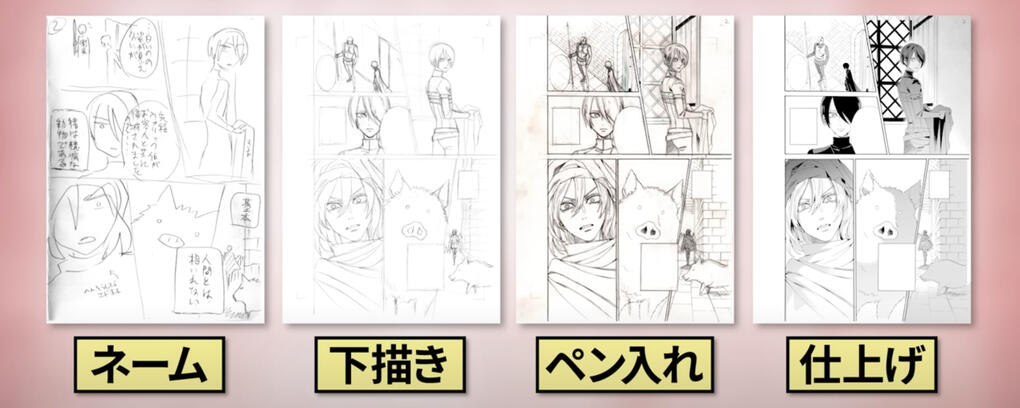
Scripts being worked on by an artist.
Below are Novel Pitches.
Click here for further information about Novel Adaptations.
Novel Adaptation Pitches:
Old Scripts:
These are scripts that are a few years old. From when I was still very much figuring out formatting and styles that work the best. Some of these stories I still think are good and worthwhile and just need a bit of redrafting and formatting. Others are more experimental test scripts.
Already Made Scripts
Scripts that have been made into projects already. Some of these are old and others were directly written in conversation with the artist, so they might not have all the details inside of them. And because I am open to artists changing things up, some small or even large things might be changed from the script to the manuscript.
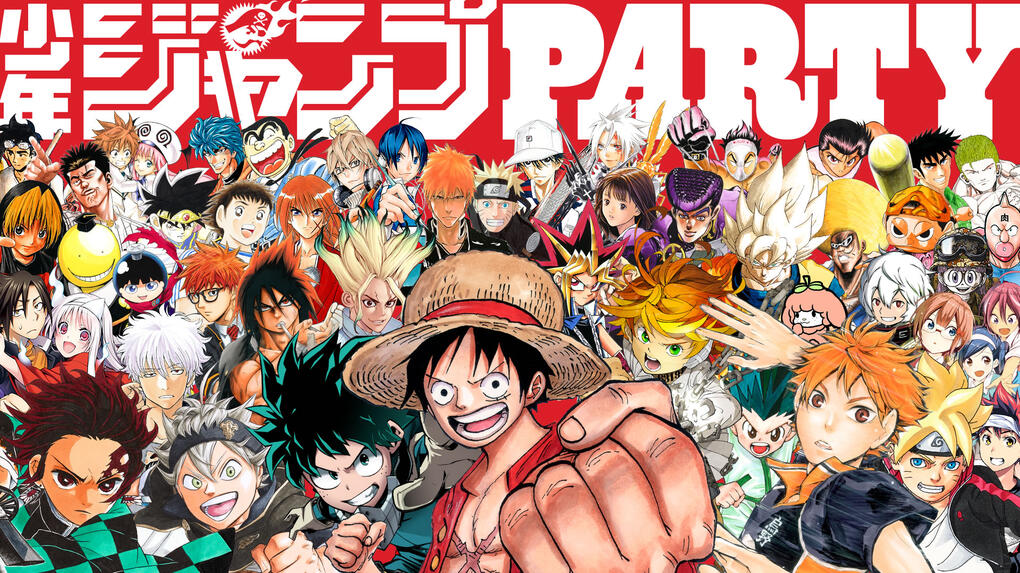
Jump Stories
My primary focus is Battle Shounen.Having started writing my first Battle Shonen well over a decade ago, and continuously working in the genre till this day.I do not want to at all imply that I don’t write tons of other things, but this is the primary focus. And a part of that for me is aiming to have a series published in Weekly Shounen Jump.I am more than happy to work on many projects for any number of other serializations, but I would like to eventually have at least one series that makes it into Jump. And so that is a somewhat consistent overarching goal for myself.A lot of the stories I am working towards that goal with are not necessarily in the portfolio and are more so things I am working on consistently in the background.Building off of that note, all my main stories are also more so background stuff to be released at a later date.
Starting Point:
I am deeply dedicated to getting into the door anywhere though. In the long run I want to have multiple series being published and released at once in all types of categories and from multiple publishers.But whatever starting point that’s needed to get there is where I will start. I am incredibly interested to work with anyone willing to put in the work to keep growing and striving for more.
Team:
Currently, I have formed a team of close collaborators that I work with and represent. Part of that is making sure they have working opportunities, whether that be through publication or from funding them myself with various projects. And I am focused on slowly expanding that team over time.For now I want to increase my contacts and work with a variety of more creatives who can fill different roles. Whether that be specialized artists who focus on things like assistant work, lettering, coloring, or focuses. Or bringing on people with more varied specialties, such as more coders or designers, as to grow our presence in other mediums.I am also interested in various other potential skills to fill out our reach, such as translators, video editors, marketers, and more.There are three ideal roles I am also looking to fill eventually. One being that I ideally want to find a really good storyboard artist who I click with and does a great job translating scripts into visuals. Which is one of the first jobs I want to fill full time.Another being someone who is well versed and naturally business minded, who I can split the business side of running things with. I have learned a lot over time about this area and would only want to work with someone close to or better than myself.
However, I am foremost a creative. What I need is someone who is capable as a creative, but is foremost a business runner, who understands and is passionate about developing creative strategies to continue to grow our brand.
The Future:
I am looking at things in the long term. I have been doing this since 2016 and have very clear plans in place for the rest of my life.If you are interested in being apart of something bigger that is focused on pursuing quality and self improvement, then this might be the place for you.

Classmate Hero is a comedy/action 10 Page manga coming to Kickstarter.
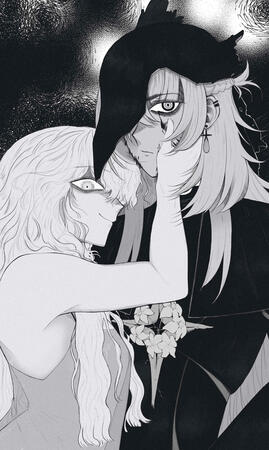
Renna And Lily is a Dark Fantasy 28 Page Manga funded through Kickstarter.

Blaze Rising is a Cyberpunk Action series releasing as a Light Novel and Manga.
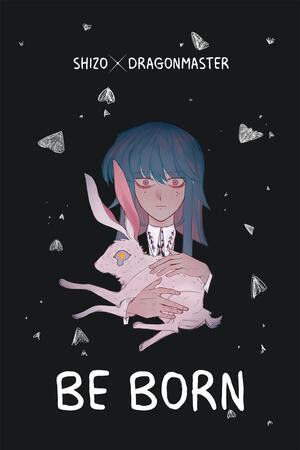
Be Born is a fantasy thriller 15 page long Webcomic.
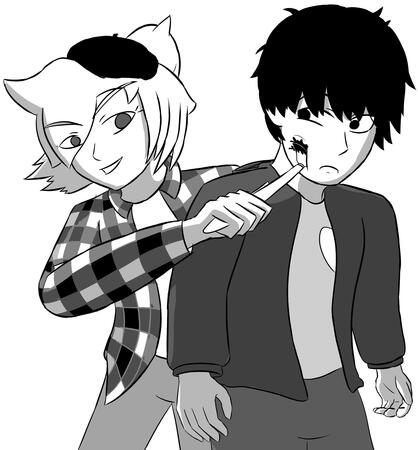
Creators is a 54 page Shounen Character Study made for the 100th Tezuka award competition.
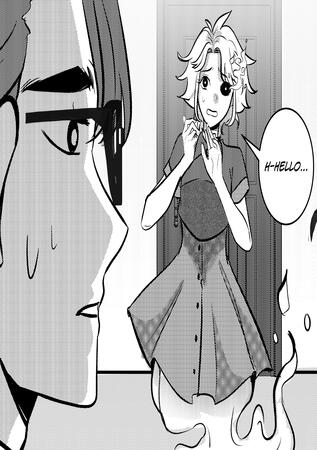
Spirit Counselor is a Therapy Drama 15 page manga coming to Kickstarter.

My Little Depression Goddess Can't Be This Cute! Is a 10 page, 4-koma, comedy series.

Skeleton Smile is a 17 page long silent manga.

Scrapyard Girl is an 11 page long comedy silent manga, co-created with Broscarf.

Last Copy is a comedic character focused 5 page One-shot.

Daycare Sweatshop is a 5 page comedy manga One-shot.

A Witch's Dilemma is a cute full color 5 page Silent comic.

Bubble And Spike A 3 Page Bizzaro-Manga
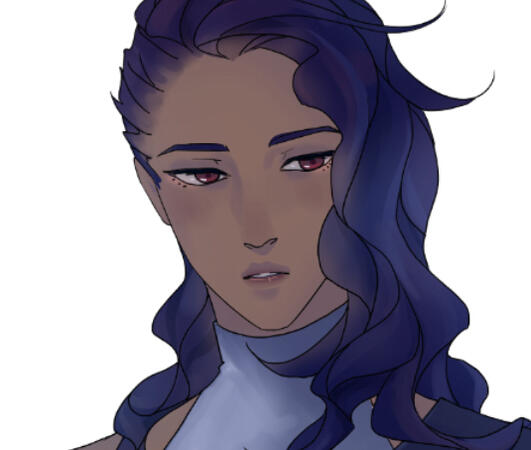
Immortal Hunter The first few pages of a Cyberpunk Super-Power Mystery.

Storyboards and Art beyond these entries.
-My Information-
I am a hyper passionate writer.
With well over 10,000 hours of practice.
And hands on experience in every genre.I strive for complete perfection, optimal efficiency, and I'm fighting to be the best writer there is.
Major Public Works: Fifteen novels & fourteen Manga.Minor Public Works: Hundreds of scripts and essays. Along with a scrambling of work done in every medium, posted on and off the internet.
My Aspects:
◉ Experienced with and offering professional/paid projects.
◉ Quality above all else approach (for myself).
◉ Growth based mindset.
Collaborative Aspects:
◉ Open to working with and helping beginners.
◉ Artist first approach.
◉ Entirely collaborative and flexible.
Notable Aspects:
◉ English and Japanese proficiency.
◉ Marketing experience.
◉ I can readily develop your social media following.
Collaborations:
For Info on types of Collaborations I am interested in:
Collabs Info
Paid Work:
For Info on Feedback, Editorial Work, and Freelancing:
Paid Work
How to find a story?
◉ Browse any section under Projects.◉ Look for genre tags displayed on Scripts and Pitches.◉ Open a story to reveal-:
-The Synopsis, Genres, and Page Count.[With potential additions of: Panel Count, Logline, Character Details, Story Outline, and further notes.]◉ Bullet points on this page briefly highlight each section’s main point.
How to pick a story?
◉ Find stories that match your taste using the genre tags, then read their synopses to see what interests you.For completed Scripts, you can read the full script - but using the first page's information is an easier way to narrow down your choices.(And as mentioned, I write everything. While this versatility is a strength, it means finding your perfect match might take some looking. Two scripts can be radically different from each other. But with over a hundred entries, you're likely to find something that catches your interest).
Short & Medium Scripts:
◉ Everything in the Short Scripts And Medium Scripts sections are available for free use.While I'm happy to collaborate or assist, you're welcome to take a story and run with it. Just credit me as the writer, and if possible, share your work with me.
I love seeing what creatives do with my stories.
One-Shots:
◉ If you just want to look at some of the stronger scripts this is a good section to go over.It contains longer, more developed scripts. I generally place stronger scripts here that pack more impact. The shorter scripts aren't lesser quality, but the extra space in one-shots allows for fuller story development. You can also think of some scripts as practice sketches, and others finalized pieces.
Pitches:
◉ Pitches vary in story size and details. They're included for inspiration and can be expanded if interest is shown.They are split into four categories. Which range from basic one-shot concepts to outlines of full length series.They can sometimes link out to initial chapters.
Script Glossary:
◉ I heavily recommend reading the Script Glossary.This explains technical terms and other useful details about scripts [and drawing sequential art].
Additionally:
◉ Further sections contain valuable information for collaboration and resources for creatives.[Resources include info on creating Manga/Comics, publication, and on being an indie creator.]You don't need to read everything immediately - pick what's most relevant to your needs.
-Script Info-
Writing A New Script:
I have practical experience writing in every genre, and want to have the end product be the best it can be.Meaning, I think it’s a good idea for me to familiarize myself with an artist’s strengths and weaknesses, in order to craft a story that compliments their own personal style.
Tailored Scripting:
I'm more than happy writing a script tailored to an artist.The process of which generally goes something like this:
I ask for what they are interested in drawing, goals they have for the project and their art, favorite genres, and specific series they like.Those I consider to be a good start, but all the more information the better. Characters and/or character designs they like or would want implemented.Mood boards. Specific notes on stuff that they would enjoy having in the script.Really, the more information the better for the process.
Story Pitching:
I am willing to accept pitches.
If you have a story concept and it's interesting, I might be on board with writing for it.
Additional Scripting Details:
Scripting Styles:
Low Detail Scripts
High Detail Scripts
Long Hand (Book Style)
Script Detailing:
The first two scripting styles are what you can find throughout this portfolio. They don’t have fully strict requirements as to how they are labeled.Generally, the amount of details within the Scripts will vary between the two. With the largest difference being if they have Panel Layouts included or not.Though, I find it almost best to blend things while scripting. Sometimes I feel a panel calls for lots of details. Sometimes I feel leaving it more open for the artist is better. The same for other aspects. Some panels call for lots of technical terminology. Some call for much more loose emotionally evocative words.If an artist does not have a preference, then I write what I find works best for that particular panel.For the third option, I will point out that I am a novelist. So I would be willing to write a script in a Literary Prose style, otherwise known as Long Hand.Speaking of my novels~Adaptations:
I have many novels that lend themselves to adaptation.Multiple Shounen battle series, a supernatural mystery, both Dark Fantasy and Adventure Fantasy, Sci-fi and Sci-Fantasy, just to name a few.For more information, look over the works themselves in the Adaptations Section; or message me for more info.Discussions can be had on the style of adaptation it is. I am open to both a completely hands on, and also hands-off adaptation, along with anything in between. All depending on the artist and project in question.
Glossary:
Here is a link to a glossary of terms and a guide on how to read a script properly.
-Collaboration Info-
What I am looking for:
For a One-shot Or Short Work:
Anyone. If I like your art style, and think you can complete the work needed, then I would be happy to work with you.
For General Release:
If the project has some type of specified goal in mind, outside of just making something cool, then I would have to know said goal –– and evaluate if I can take on the workload at that moment.The primary thing would just be communication and a realistic plan of action.I am open to anything that sounds interesting and doable. As long as I feel I can communicate well with whoever I am working alongside.
For General Publication:
The most important thing is having someone I can work well with. Someone who has at least semi competent English skills.One also needs some amount of proof, that they can match the publication output rate (whether that be weekly, monthly, ect).Some level of showing steady art progression over time. And overall skill level being in a similar range as the publicized story.
For Major Publication / Long Term Work:
Someone whose main driving factor is improving -- and someone who puts quality above all else.Obviously, we would have to work well together; but if the first category is met, then this one should be achievable as well. A need to demonstrate either the ability to meet a publication schedule, or ability to improve on times until you are eventually able to meet them.
For Help/Feedback:
I am more than happy to provide help to any creators that want it. For both writing or art (and general creating). I can easily give both very general overview advice or exceedingly specified critiques –– and anything in-between depending on what is preferred.Do not hesitate to ask for any type of help at any time.
For Commission Work:
I retain final creative say, and a full commercial license to the end project. The Artist can have ample creative input. The art and final project rights will still remain with the artist. A contract will be established and signed beforehand. The project would be considered a business expense. Applications will be chosen based on quality of work, demonstration that they can meet the quota -- and importantly quality of communication.
For Commercial Pitch Development:
This encompasses collaborating on a Pitch Document either to shop around for publishers, or to use for the foundation of a Kickstarter campaign. All prior sections apply. I am open to discussing revenue splits, royalties, commissions, or other options.
-Production Info-
Storyboarding:
Turning a script into a storyboard is the first stage of production. It also is a stage I want to point out as being a valid option for being a project in of itself. Storyboards are incredible practice and vastly less investment then further stages. They can serve as a good testing ground both for a collaboration and for the potential of a One-Shot. A good storyboard is good for a portfolio and for certain publishing opportunities.I have a much more comprehensive write up on Storyboards you can read here:
-Storyboard Collaboration Info-
Small Scale Projects:
Small scale projects, such as 1-5 Pages, feels like a very solid starting place for a potential collaboration.As they can be done with far less commitment and allow testing things out. It also is worthwhile in of itself for both a practice, a portfolio piece, or something to be submitted to contests and publishers.It also can take a bit of extra effort to get used to collaborating, especially for the first time. Some artists are naturally good at working from a script, others find the process more challenging and it takes them a little while to get used to the process.Being able to have a small scope manageable project, where the focus is more placed on getting used to collaborating and the general process I feel is a safe idea.
Contests:
Contests can be a great motivator and learning experience. They can also provide worthwhile rewards. From small contests with less competition and smaller prize pools, up to large contests with a potential of publication offered.They are also a lot more volatile and random than other options, since they heavily depend on the rules and judges. But aiming for certain contests can be very worthwhile and a good test of one's skills while working under a deadline.Here is a listing of certain Manga Contests that I follow, along with brief snippets of information on them.
Pitch Document:
Many publishers accept Pitches for series. This generally takes various amounts of art and a detailed story outline for said pitch. With the art being asked for usually being, Character Sheets, 5 Pages (give or take) of finalized art, and potentially a full storyboard. Different publishers will ask for more or less. Usually, a lot of Manga Publishers ask for the storyboards (and sometimes Character Sheets or some type of finalized art). If someone has the goal of being published then aiming to create a compelling Pitch Document would be the lowest time investment to reach said goal. It also allows for more immediate feedback from Editors and Publishers.
So even for projects where one would want to take it further than just the Pitch Document, it still can serve as a solid milestone to receive more immediate feedback and break the project up into a more short term manageable goal.
Crowdfunding Projects:
Crowdfunding and specifically a Kickstarter style of process can be an important aspect of getting a project off the ground. For many, if not most independent self-publishing comic makers, a Kickstarter model is the only way to have an actual print run of their book. And for web released products something like a Patreon model is important to keep the series afloat. It is a valid option to take into account these methods for a potential project.
Building a following for a Patreon model would be a more time consuming and self-publishing focused model. Though it also has its own advantages, especially for a general Patreon and not just for a specific series.
Kickstarter:
What I want to detail more is the Kickstarter methodology. I have run a Kickstarter before –– and whereas it is a lot of work, it is doable. And all that is needed for a Kickstarter from an artist is the Pitch Document from earlier. This can be a potential approach, if sending out Pitch Documents to publishers isn’t the option went with. Or if the artist is interested in a Manga Magazine, which generally do not take Pitch Documents and prefer finished manuscripts. Having a slight boost of income could make the difference in pursuing the project or not.
More information on my perspective.
Publishing Projects:
This encompasses any project with the goal of being published. Meaning a fully complete manuscript. This is the largest jump up in time investment –– and by a lot. But it is the biggest accomplishment and is at the end needed to be published. There is an entire section dedicated to Publication Info. However I have laid out here three routes that can be taken to get published, which I will cover from easiest to hardest.
Self-Publishing:
Self-publishing using Kickstarter as the funding for the print and also to cover time investment. This is the most reliable and easiest path. Over ninety percent of properly formatted Kickstarters with an already finalized manuscript reach their funding goal. A lot more work on our end to launch a kickstarter, have a print lined up, and getting everything shipped out. But it comes with its own upsides. Maintaining IP rights, having a tangible release, and building an audience to name a few.
English Publisher Publication:
The next option would be seeking out an English Publisher and getting an Editor interested in the project. I don’t have proper stats on this since they are mostly not publicly released information and even what is varies radically depending on every detail of the project. Though the numbers generally range from Editors receiving between 100-2,000 submissions at a time and accepting only 1-2 of them. However, actual quality control is not taken into account on those numbers. But it is likely safe to say any individual editor only has a single digit percentage chance of saying yes. With that said, you can send it out to a hundred Editors. [A 1% chance taken 100 times is a 63.4% probability of success.]
Japanese Publication:
The final route (and the one I am most focused on) is sending a Translated Manuscript into a Japanese Manga Publisher. This actually has better acceptance rates than English Publishers and by a notable amount, but again no universal hard numbers. The reason I mark this as harder is just because of the extra step of Translation. (It also confines the project to being a Black-and-White Manga). However, with time and connections this option becomes progressively better. Still, it requires an Editor believing in either the project or creatives behind it. This route is also easier because Japan generally has a lot more publishers –– and the manga industry is designed around constantly cycling in new content. It is also commonplace for Editors to take on newer Mangaka and have them do several one-shots and compete in contests to build practical experience in the lead up to a full time publication.
Stages Of Production:
Each of these previous stages can be viewed as the order of operation for any series. Starting with storyboarding. Finishing a handful of pages and Character sheets.
Putting together a Pitch Document. Potentially, seeking crowdfunding to complete a project. Then seeking out a publisher for the completed project to get published.
Breaking things up into more manageable short term goals is important. And each of these steps we would be able to get large amounts of feedback on. Each of the steps also could technically see good results if the project immediately has potential and is picked up by an Editor or Publisher.
Of course getting published is a long road and it takes many creators a couple tries and some self improvement before something clicks. Building oneself as a full time creator is a long term path. But if you want to pursue this as a career, then that already means you are expecting to give a lot of time to it anyway –– and it is totally normal for a bit of that time to go towards breaking through into the publishing world.
Obviously, it is totally okay for a creative to have different goals than that exact path. But no matter what those goals are, breaking things up into more manageable steps and giving it the time it needs is important.
As long as you keep moving forward and you don’t give up you will get where you are going to.
-Publication Info-
In this section I will be covering various publication and release options. And as you will see I am entirely flexible in terms of a release. From purely portfolio work, to full time publication, and also both English and Japanese works. I'm also open to a general conversation on anything not listed out here.
Portfolio Work:
Practice and getting better is my main motivation. Some of the Manga shown off in the completed section have been a few of the works that myself and the artist agreed to being portfolio pieces. I am also fine with having an artist work on something and not posting it – as has been done before.
Portfolio work is a good way for newer creatives to get their toes wet while developing something long term beneficial.
Web Release:
Having an online digital release, whether for a specific platform or to generally grow one’s online presence is just one step above in terms of effort, but really only slightly so. Generally, I feel it is best to share the things you make with others. Both for feedback, but also just as a piece of the creative process that is important.
Now as to trying to directly build a following or even income stream from this avenue, the process is easier said than done. The gatekeeping to start is non-existent, but it requires very different skills from other routes.
As someone who made their living for a period of time posting free web content, earning a return on things such as AdSense and sponsors, the process can be very fun and engaging. You learn a lot of diverse skills and have the opportunity to steadily improve in real time while finding an audience. It was also one of the hardest and the absolute most draining work I have ever done.
To actually make it work requires thoroughly plotting out a plan and executing it. It is one of the harder ways to see a financial return, but is the best way to see direct audience growth.
Crowdfunding:
One thing that can and often does go with Releasing Content is Crowdfunding. Building a dedicated audience excited and willing to donate their time and money to help support the creation of your works. Of course this as a long and slow process. But can be greatly expedited with the right series and plan of action.
We can break Crowdfunding down into three categories.
Donations: Being one off donations of money because they liked something you made.
Patrons: People who have pledged to regularly give a certain amount of money for future productions.
Kickstarter: People who are giving money for the promise of a specific project being made and delivered.
The first two are generally fairly straight forward and work primarily off of marketing, branding, and quality of content.A detailed write up of Kickstarter Strategies.
Publication:
Publication is as it sounds. Getting an Editor to sell one’s series to a Publisher. Of course, something like a Graphic Novel would have a step before it of acquiring a Literary Agent.
To oversimplify the process.
Make something really good that a Publisher wants to Publish, or that an Editor wants to take on either the project or us as the creatives behind it.
This is what could generally from my perspective be considered the best deal, since a lot of the complications of release and distribution would be handled by other professionals. It also would be the most stable income-stream. However, it is by far the most challenging in terms of quality required to make it work.
English Publication
For English or general publication there are a plethora of options available. Some would only require sending in a storyboard and Pitch Document. Others would take more direct work to accomplish.
Japanese Publication:
There are currently two ways to go about getting published in any of the major Japanese magazine(s). One of which is winning a global contest, which has the reward of either being assigned an editor or getting published directly. This would require beating out the other hundreds-to-thousands of entries, primarily by having good enough art to catch the judges' eyes in the first place.
The second way is sending a Japanese submission in to one of the magazines and being accepted by an editor. If this route is taken, I have been studying Japanese to the point where I can either provide the translations for the dialogue myself, or at least have an active roll in the translation process to make sure nothing is lost.
Either way, there is a route to get published, but both have their own complications. Although, that is par for the course of being an artist.
-Resources-
Script Glossary:
Incredibly useful and important for artists and writers.
Storyboards:
Various artists and my own Storyboards.
To take inspiration from and contrast against scripts.A much more comprehensive write up on Storyboarding pros you can read here:
-Storyboard Collaboration Info-
List Of Publishers:
A listing of small, medium, and major publishers. With over fifty listings covering a massive variety of options.
Listing Of Manga/Comic Publishers 2024 Edition
Manga Contests:
A listing of certain Manga Contests that I follow, along with brief snippets of information on them.
Kickstarter Strategies:
A detailed write up of Kickstarter Strategies.
Already Made Scripts:
To contrast against various artist's final manuscript.Old And Extra Scripts:
For extra scripts and to contrast formatting choices.
Other's Resources:
Resources sourced from other creators.Manga In Theory And Practice: By JoJo Creator Araki.
A very methodical and logic driven approach to manga.
My Further Resources:
I plan to eventually produce educational video content on production and publication.
Here I shall link some of my already written scripts going over some concepts. I recommend reading any that seem useful to you. And fully recommend all beginners to read over all of them.
-Sequential Art Courses-(Working on resources is a back burner project. But if anyone has further want for anything specific I can perhaps look into working it in.)



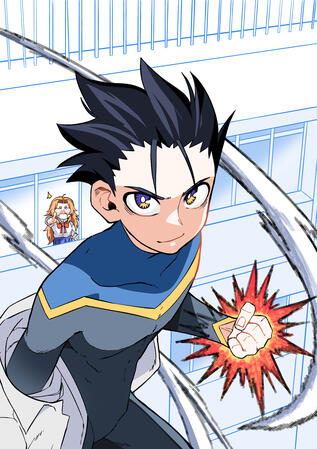
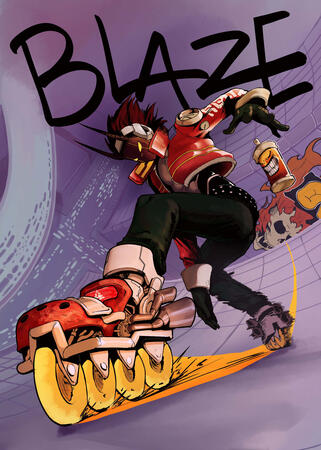
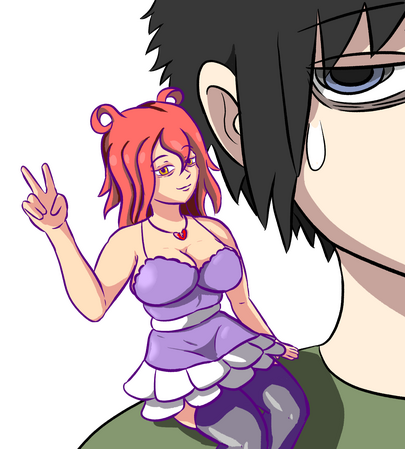
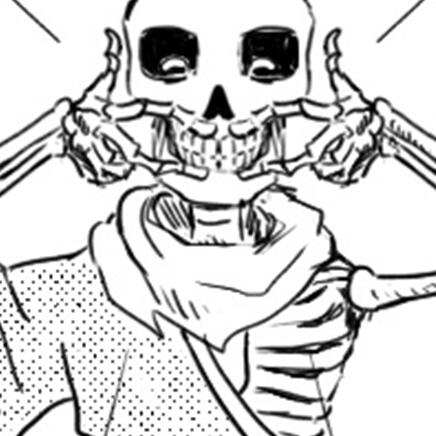
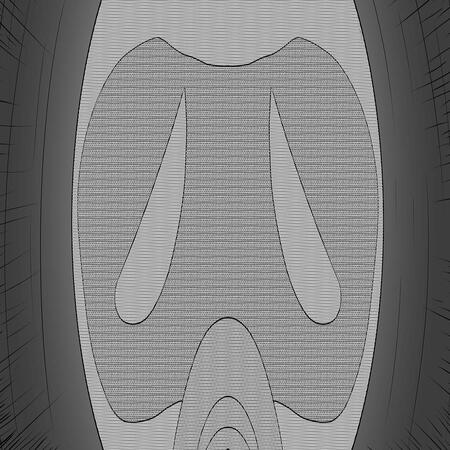
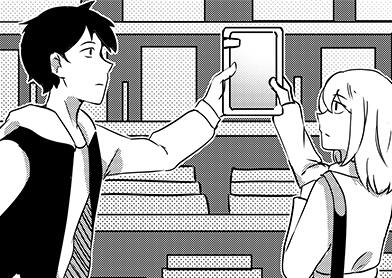
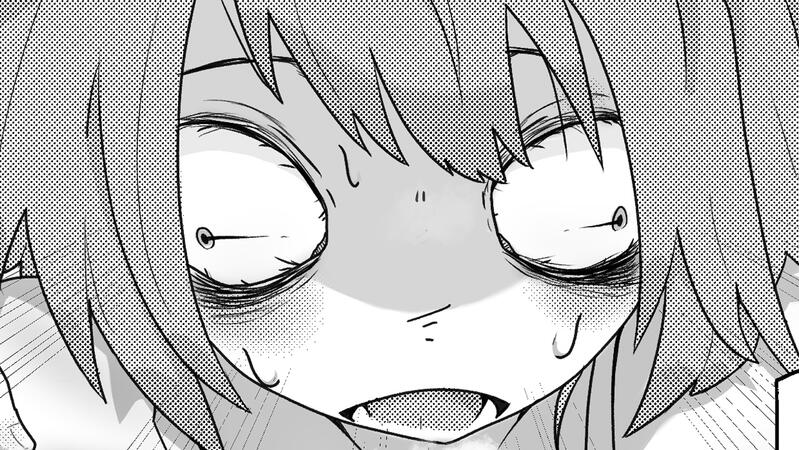
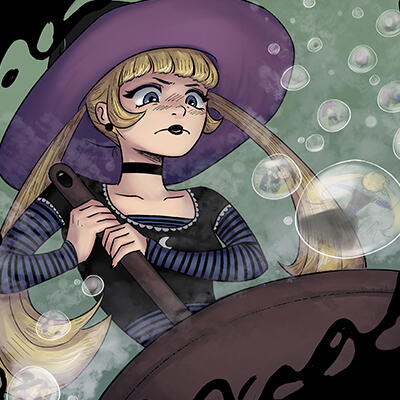
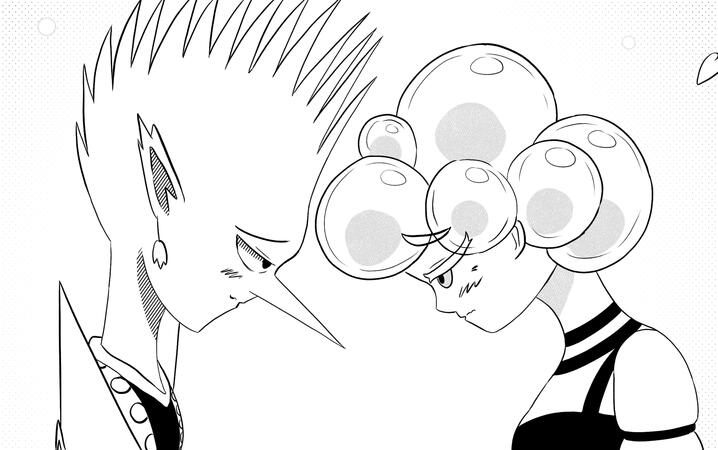
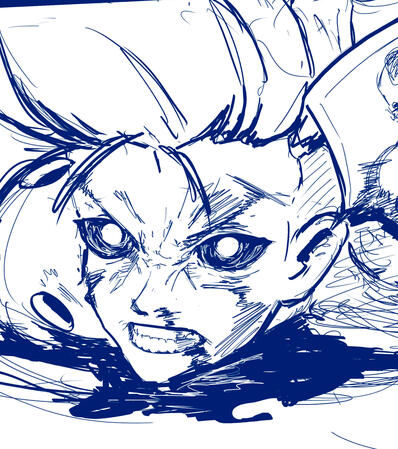



![Reaper's Foresight [Special Ability - Drama]](assets/images/gallery01/9c54bac5.jpg?v=d5b24db8)
![Mods Storyboards [Cyberpunk - Battle]](assets/images/gallery03/a645d6b4.jpg?v=d5b24db8)
![Reaper's Foresight [Special Ability - Drama]](assets/images/gallery03/9c54bac5.jpg?v=d5b24db8)

